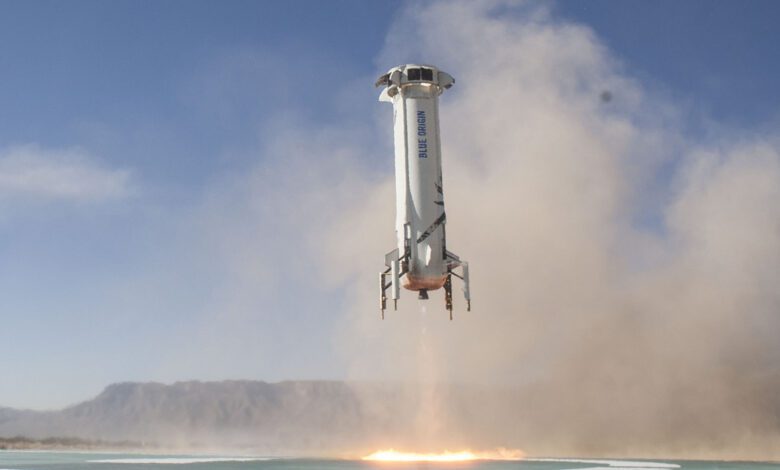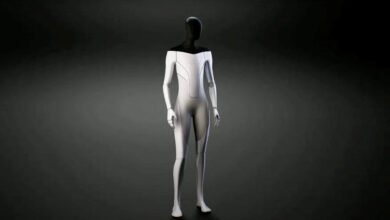Study says sub-orbital flights may take you anywhere on the planet in 2 hours
NASA’s experimental supersonic aircraft, the X-59 ‘Son of Concorde’ is all set to take its first test flight

20 years since the final flight of the world’s first commercial sub-orbital airliner, Concorde, the aviation industry is looking to enter the era of superfast air travel. NASA’s experimental supersonic aircraft, the X-59 ‘Son of Concorde’ is all set to take its first test flight. The X-59 is actually slower than the Concorde, which touched the maximum speed of twice the speed of light which is 1500 mph. However, Concorde did not work as the enormous expenses of the plane along with a high-profile crash in 2000 was the final nail in its coffin.
The X-59 has a high speed of almost 950 kmph which promises to reduce the time between New York and London to 3 hours and 30 minutes. The single-seat X-59 will be just shy of 100 feet (30.5m) long, with a hard-swept wingspan of just 29.5 feet (9m) and a height of just 14 feet (4.25 meters). It will be able to cruise at 55,000 feet and, will have a cruising speed of Mach 1.4.
Recent research published by Britain’s Civil Aviation Authority (CAA) suggested that by the year 2033, a flight from London to Sydney, which currently takes 22 hours, could be reduced to just two hours.
The sub-orbital flights will have rockets that are similar to those deployed by Jeff Bezos’ Blue Origin and Richard Branson’s Virgin Galactic jet programs which would propel passengers up to 125 miles into space at speeds of more than 3,500 mph. It is said that a conventional flight from New York to Shanghai could just take 39 minutes while New York to London would take under an hour.
X-59 also features ‘Quiet Supersonic Technology’ which is intended to turn the sonic boom caused by breaking the sound barrier into a ‘sonic thump’. “Then an aircraft travels faster than the speed of sound, shockwaves form and travel away from the aircraft. Normally, these shockwaves merge and generate disruptive sonic booms heard on the ground for miles on either side of the aircraft’s flight path. The X-59 is shaped in a way that prevents the shockwaves from coming together, resulting in a gentle sonic thump instead of the loud sonic boom produced by other supersonic aircraft,” NASA said.



